On This Day…March 26th.
Crewmen hoisting one of USS Miami's paravanes while in the Pacific Ocean, 26th March, 1945.
It was only while building my 1/350 model of the Enterprise that I even heard of ‘paravanes’ and I had to ask iModelers what the weird drone like bits of plastic on my Carrier were.
Essentially, these underwater gliders are used to cut the mooring lines of underwater mines...
USS Grampus (named after a member of the dolphin family) off the coast of Connecticut, US, during her sea trails, March 26th, 1941.
Wellington MkIc of RAF 311 Squadron (KX W R1441) crashed March 26th 1941 in Wretham, England.
The Vickers Wellington was a British twin-engine aircraft mainly used as a night bomber in the early years of the Second World War. It was displaced as a bomber by the larger four-engine ‘heavies’ such as the Avro Lancaster.
The Wellington continued to serve throughout the war in other duties, particularly as an anti-submarine aircraft and was the only British bomber to be produced for the entire duration of the war. The Wellington was popularly known as the Wimpy by service personnel, after J. Wellington Wimpy from the Popeye cartoons.
A Wellington "B for Bertie" had a starring role in the 1942 Oscar-nominated film ‘One of Our Aircraft Is Missing’.
March 26th, 1950 saw the first flight of the Douglas A2 D ‘Skyshark’. The Skyshark was a turboprop attack plane designed for the navy to operate from escort carriers as an alternative to gas thirsty jets with limited range.
The aircraft was besieged with engine (mainly gear related) problems and by the time the aircraft had a viable platform the Navy had started mothballing the carriers and the orders were cancelled.
USS St. Paul (CA-73) on March 26th, 1968.
St.Paul held the distinction of being the last US warship to fire her guns during the Korean War. In the 1950s, as a part of the US 7th Fleet, she spent an extensive amount of time in Japan and in Taiwan, at times as the flagship of the fleet. She saw extensive action during the Vietnam War. In 1964, she was used for the film "In Harm's Way".
A British Achilles tank destroyer on the east bank of the Rhine River On 26th March, 1945. You can see the abandoned Horsa gliders in background.
Lovely shot of P47 D (of the 1st Brazilian Fighter Squadron) based in Tarquinia, Italy. This aircraft was shot down by AA on March 26th, 1945. The aircraft was flown by Lt. Othon Correa Neto (below) who managed to bail out and was taken prisoner.
The Brazilian Unit had a total of 48 pilots who fought alongside the US 350th Fighter Group. Of those 48, 5 were killed by AA fire, 8 were shot down over enemy territory and taken PoW, 6 had to be signed off on doctors orders (‘nervous breakdowns’), and 3 died in flying accidents.
Aircraft carrier Akagi shortly after leaving Port Stirling, Celebes for the Indian Ocean on 26th March, 1942. Note the B5N torpedo bombers on the flight deck and futon mattresses lashed to the carrier's island superstructure to provide extra protection from attack.
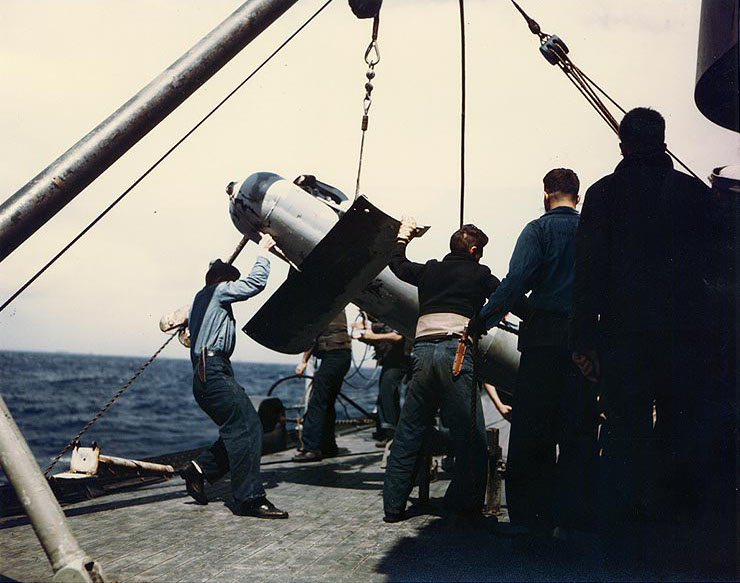
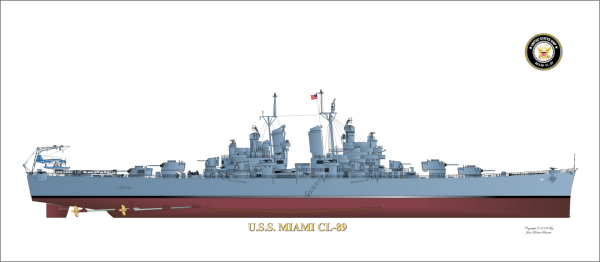
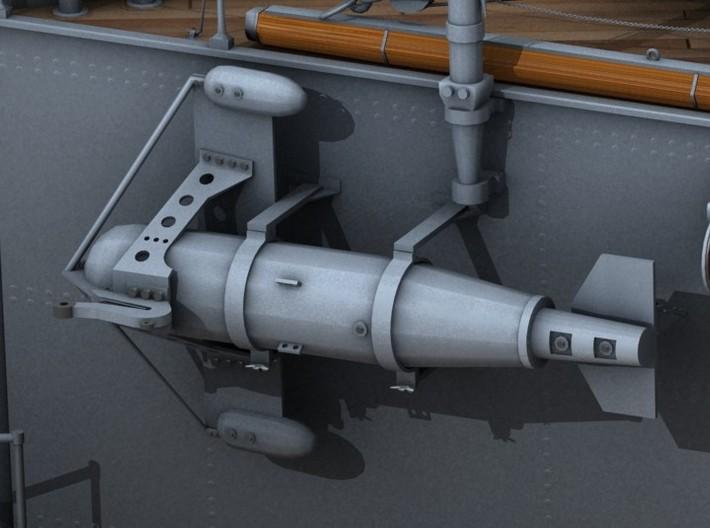
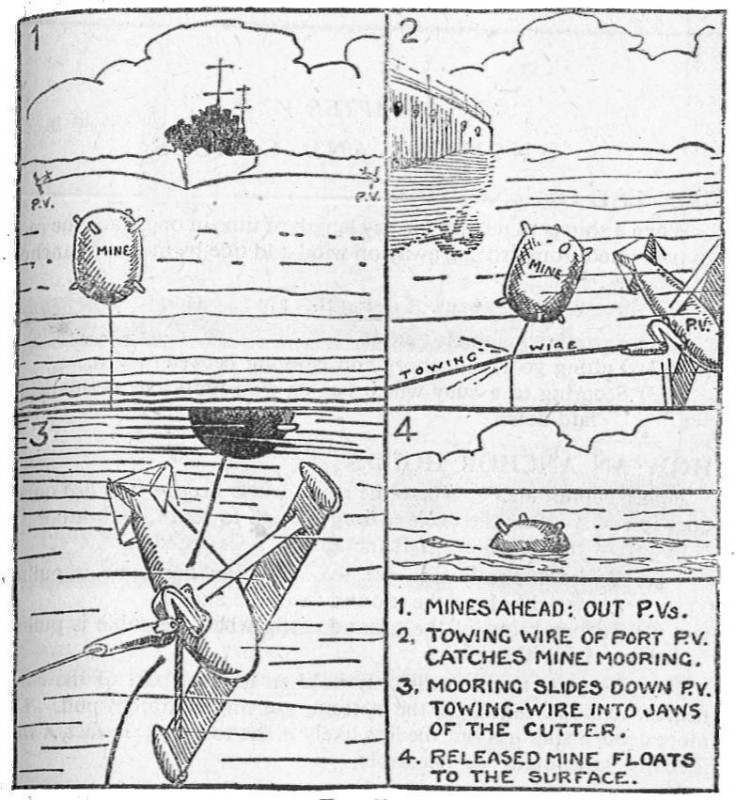

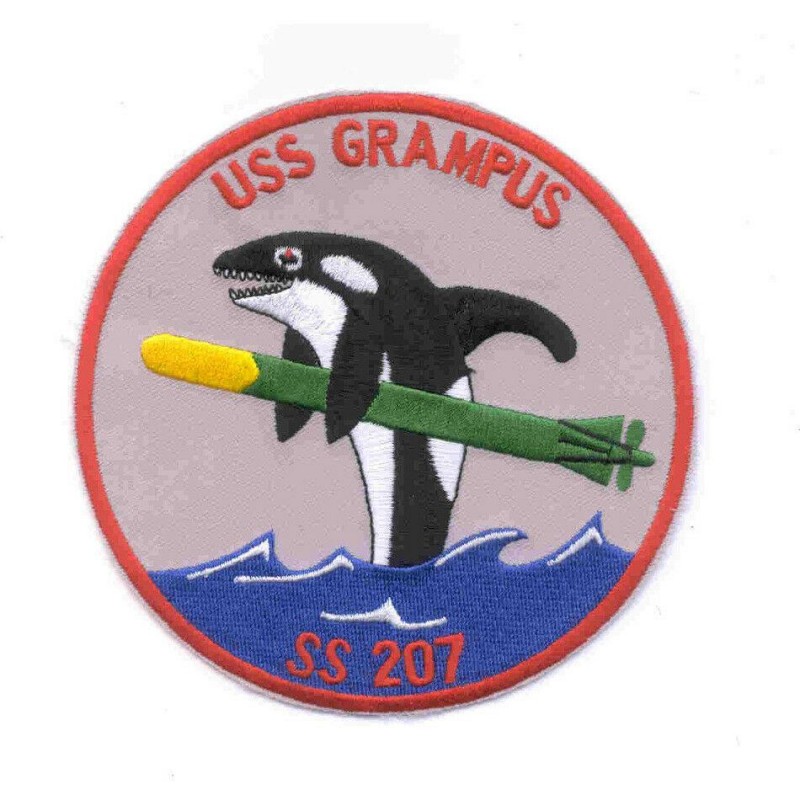
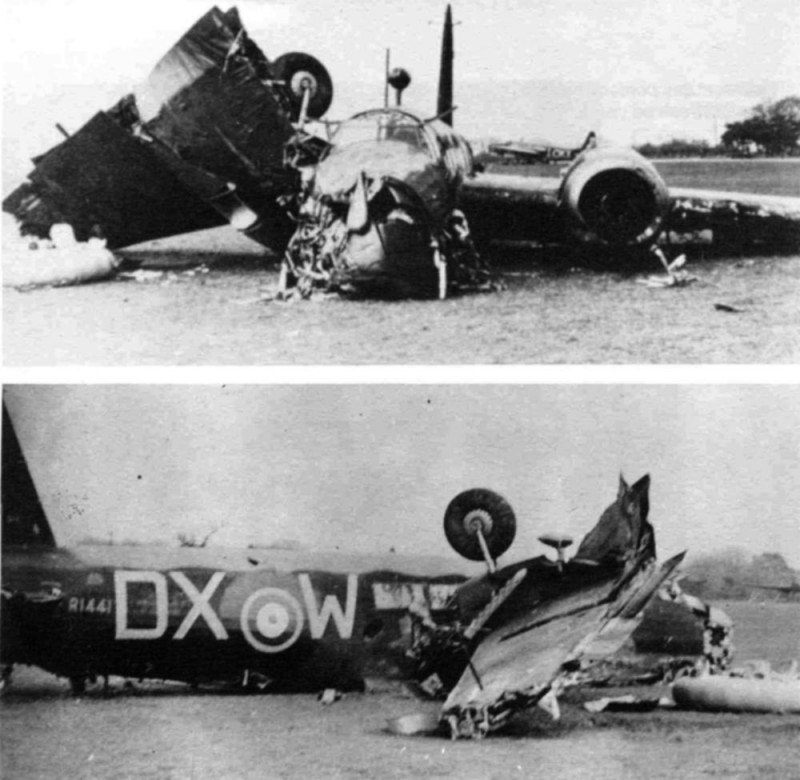
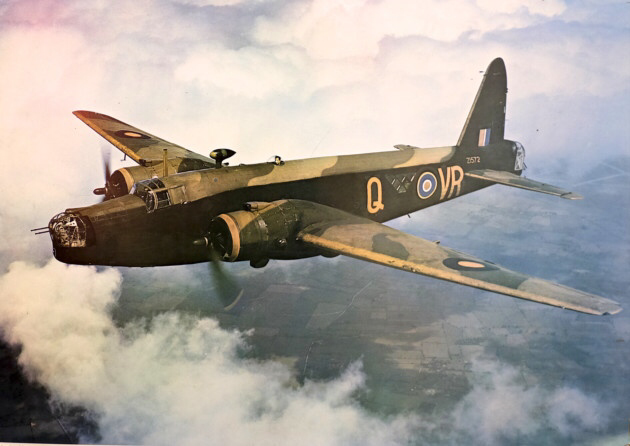

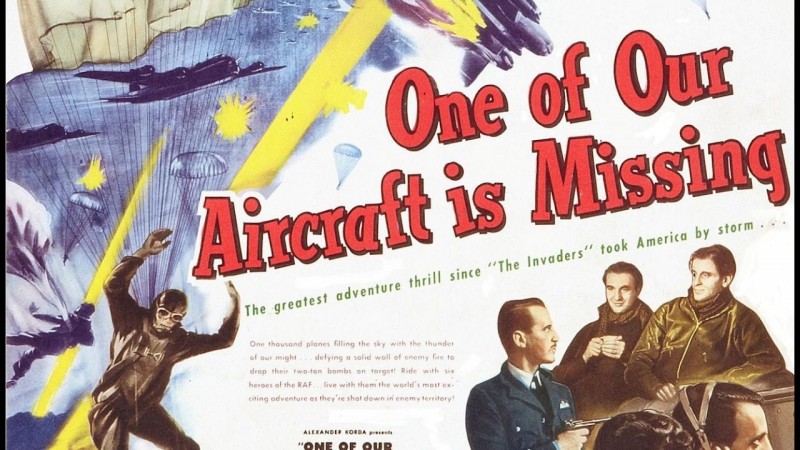
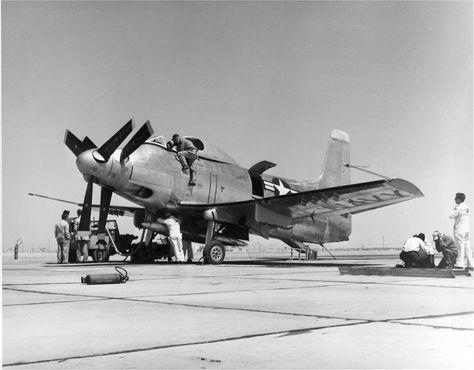

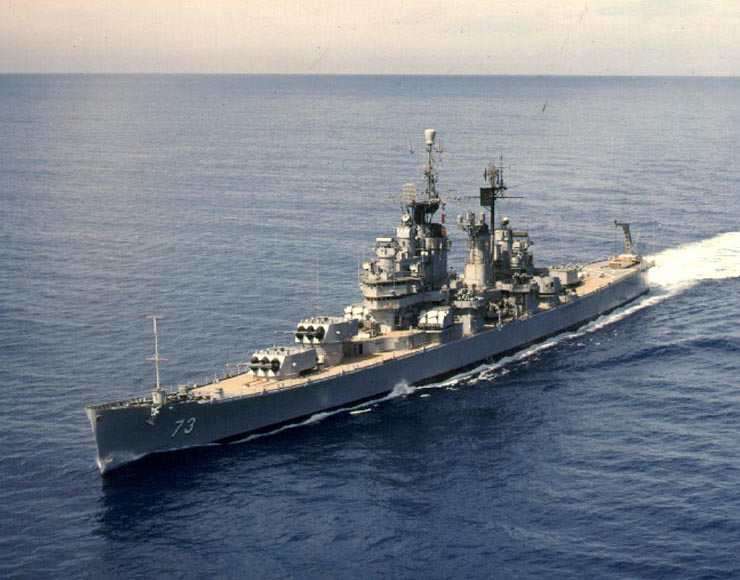


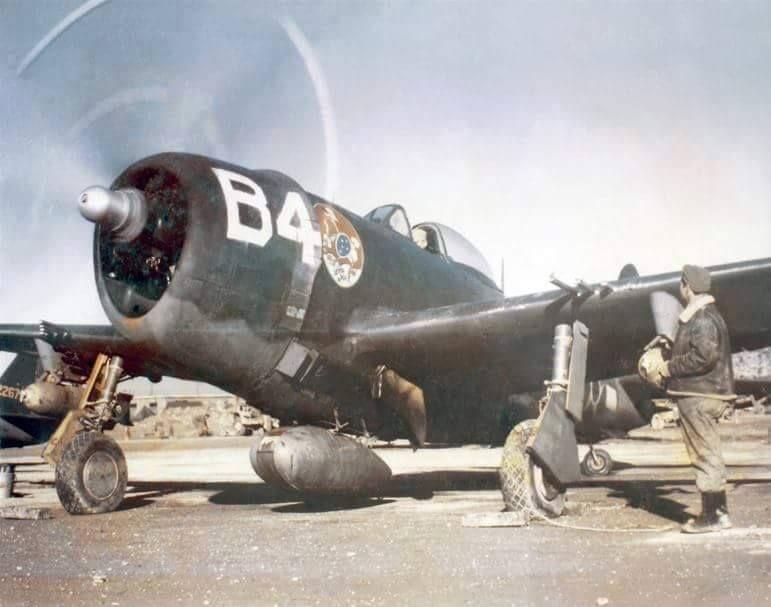


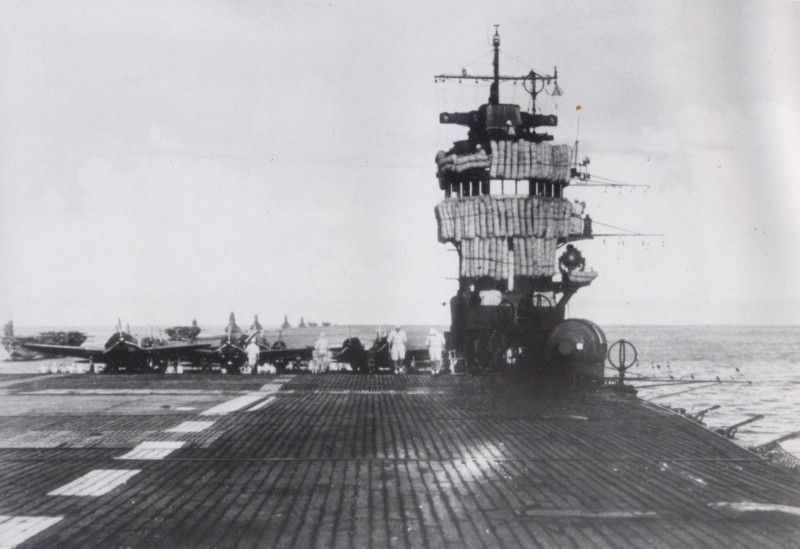
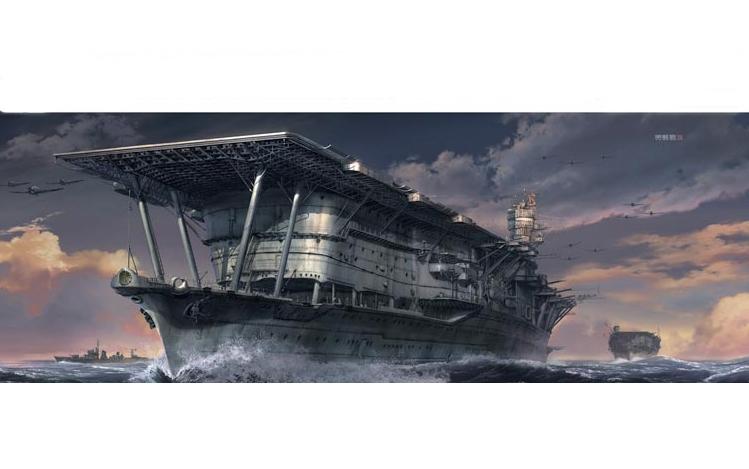
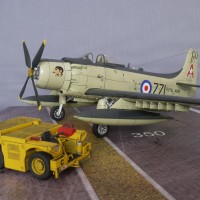
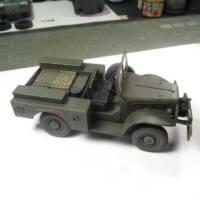

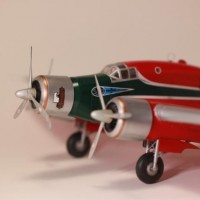
this daily post is something... remarkable.
Thank you
Manuel, in my experience, "remarkable" could mean anything between, "this series is an impressive feat of amateur journalism and I thank you for publishing it every day" or "really, I can't believe you are STILL doing this - can you please give us all a break and just stop"...
Thanks for dropping in - I really appreciate you taking the time to comment (assuming the comment is the former interpretation...).
Obrigado, Manuel.
I'm pretty certain it's the former rather than the latter.
Shucks, Tom. You had me at ‘pretty’.
Hi David!
Somehow I've missed your comment, sorry!
I'm sure you know that I mean “this series is an impressive feat of journalism and I thank you for publishing it every day”. In fact, the end of the series also ended my daily visit to iModeler
Cheers,
Manuel
David,, I don't know how you manage to dig this stuff up every day, but I do look forward to it. I couldn't help but notice that the (I'm assuming wood planking) on the deck of the Akagi goes length wise across the landing surface and US carriers did theirs cross ways across the deck. I wonder if their was a reason for this, or was it just done because it was ?.
Thanks, Terry. I understand that the planking issue was just due to the Akagi being an already extant battle cruiser where the flight deck was dictated by the structural needs of adding a deck onto the steel supports. Which is to say there was no technical philosophy, just design needs.
Great to hear from you.
I don't take the time to chime in often on these posts, but I do enjoy them!
Thank you, Greg. Your support is duly noted and appreciated!
I look forward to these Dave everyday , some are better than others of course, it depends on what floats your boat but this was a good set , thanks for the effort Dave.
N.
Horses for courses, Neil. Glad you enjoyed today’s posts.
I always look forward to seeing your daily posts. They are very informative, and often bring out the human side of war, in both good and bad deeds. I am amazed at how you can find subjects for each day's article.
You never cease to amaze me David...
My hat's off to you Sir ! My take on this daily venture described as "remarkable" (and rightly so), is quoted directly...
“this series is an impressive feat of amateur journalism and I thank you for publishing it every day”
You have inspired me on many future build subjects with these daily posts. They always brighten my day.
Thanks again !
and "liked"
Thanks, Louis. I really appreciate your thoughts and I’m aware they are genuine. It does make me very pleased to think the series may inspire builds.
Very happy to hear from you, Louis.